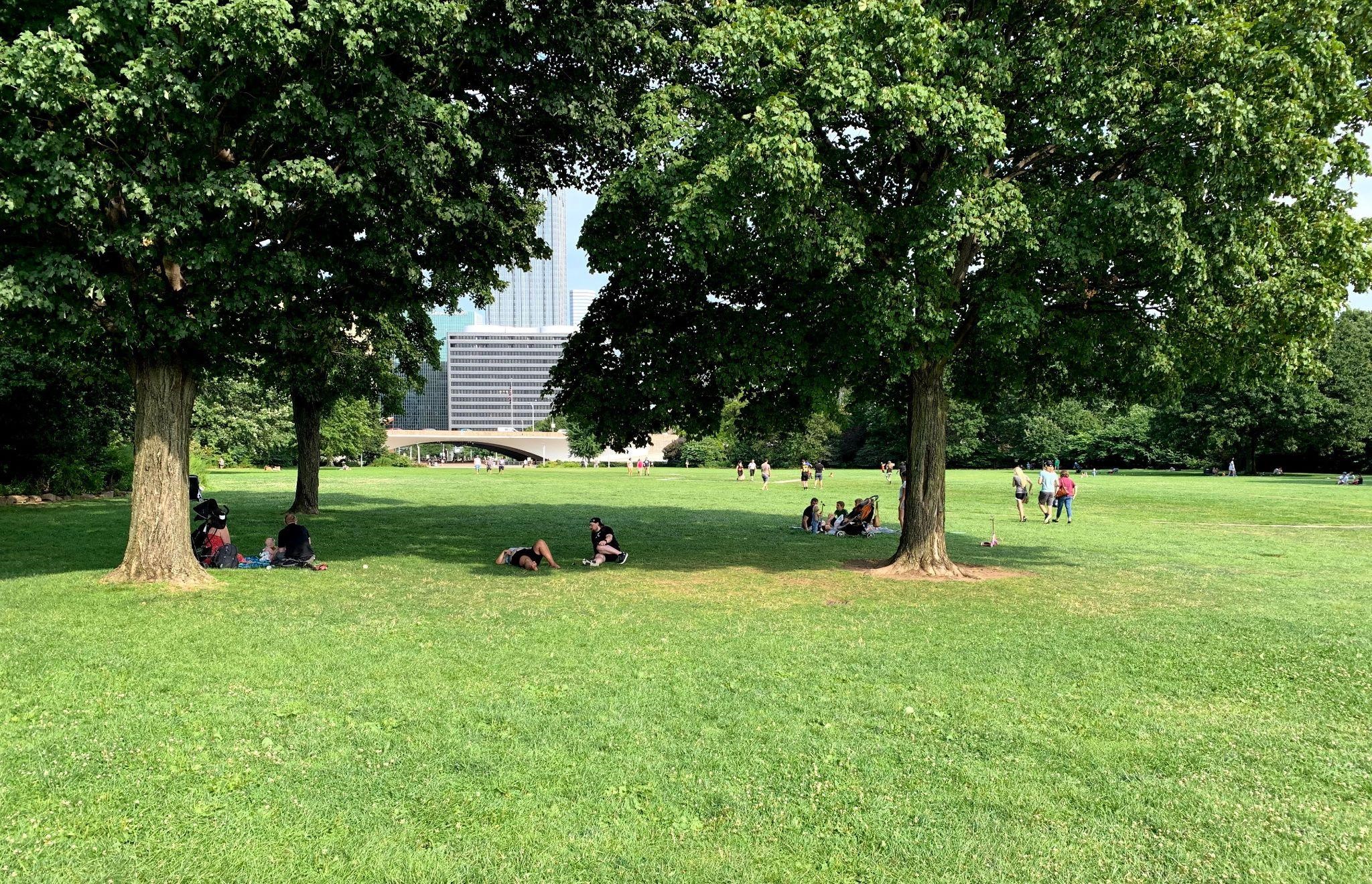By Michael Barnes
In a previous blog post I discussed the significant gap in our understanding of how regular folks feel about artificial turfgrass despite city officials and planners moving ahead with plans to transition or install artificial turf in public spaces such as parks. This also extends to individual homeowners installing artificial turf in their lawns. While motivations can vary, outcomes are rarely measured, especially related to the social aspects of these transitions and installations. Prompted by this we investigated how individuals feel about these two surface types related to a number of factors including their likelihood to use each surface for different purposes.
In work entitled ‘Differences in likelihood of use between artificial and natural turfgrass lawns’ recently published in the Journal of Outdoor Recreation and Tourism (open access) we investigated preferences across use cases between artificial and natural turf to understand how actual users of these surfaces feel about each type. Broadly, we found that individuals preferred natural turfgrass in 9 out of 10 use cases - these included activities such as individual exercise, playing with a pet, and wildlife viewing. Significantly, the most prominent differences were seen in ‘high-contact’ activities with the surface such as using turf as picnic space or a place to play with kids or a pet. The only non-significant difference was artificial and natural turf related to the use case of organized sports (e.g., football, lacrosse), which could be linked to the prominence in the use of artificial turf in professional sports (although this may be changing).
So what does this mean for decision makers, planners, or even residents? First, it means that serious considerations should be given to the attitudes and perceptions of individuals in communities where artificial turf spaces are planned or already installed. If urban green spaces are meant to enhance human health and well-being, yet the surface in one of those spaces is working against those outcomes, decision makers should look at alternative options to accomplish planning goals. Second, if ecological and sustainability factors play a significant role in such transitions to artificial turf, decision makers should look towards alternative options for meeting sustainability goals while meeting resident needs for restorative green spaces (i.e., low-input turfgrasses). Finally, artificial turf could play a role in communities when the strengths of the surface line up with needs such as high-use and high-traffic sports fields where natural turf might struggle if not maintained at a high enough level.
While this study helps illuminate broad preferences for natural turf compared to artificial turf, a significant amount of research still needs to be done on understanding specific reasons for these differences. In addition, it would be beneficial to explore user reasons for positive aspects of artificial turf to assess whether those considerations could be brought into breeding improvements for natural turfgrasses.
The research above is funded by the Washington Turfgrass Seed Commission project ‘Investigating the social benefits of natural turfgrass in urban areas’
